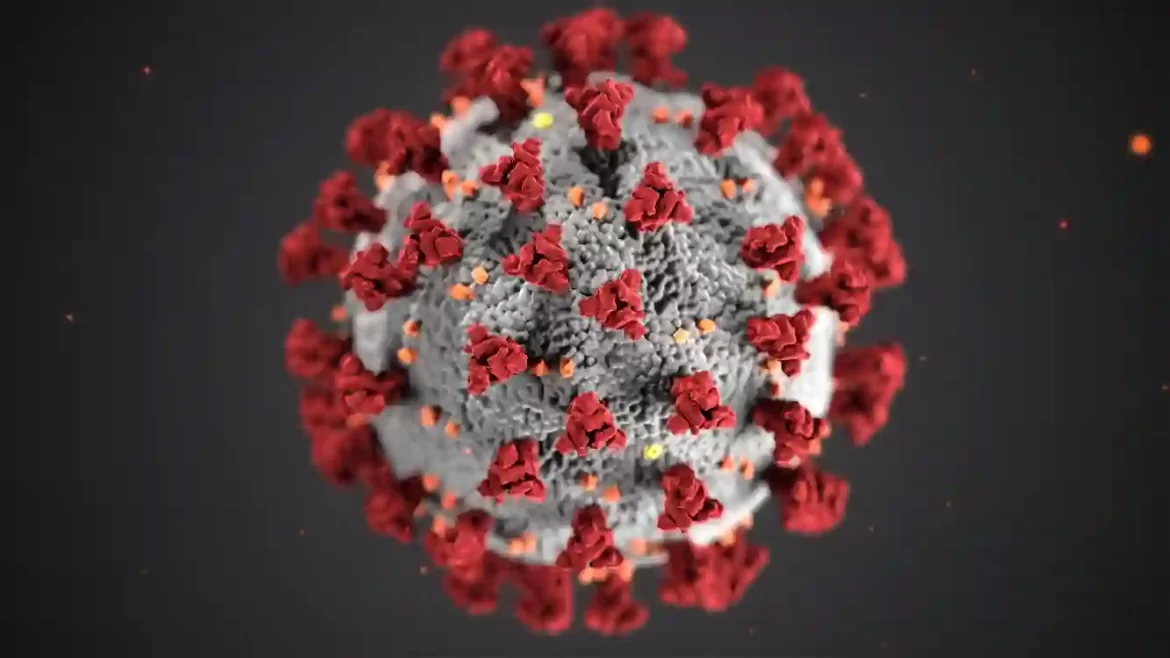Cancer is a widespread disease in the US, affecting people across all age groups and walks of life. While genetics and lifestyle are the primary risk factors for the disease, toxin exposure is also a culprit. Contaminants are rather a bigger concern because most people aren’t aware of their link with cancer. The sheer extent of exposure is also a reason to worry.
Did you know that an average American uses 100,000 chemicals and more than 1,000 chemicals are introduced each year? These include toxins everywhere, from the air to water, food, personal products, prescription drugs, packaging, household cleaners, and lawn care products. Not all chemicals are dangerous, but some are toxic enough to cause health risks, including cancer.
Let us highlight the hidden connection between everyday contaminants and cancer.
Drinking Water
Most Americans have access to an unlimited supply of drinking water, but you cannot be sure enough about the safety. A study by the Environmental Working Group asserts that millions of Americans are exposed to carcinogens in drinking water. Contaminants such as arsenic, disinfectant byproducts, and radioactive materials can contribute to a higher risk of cancer.
Besides the recent concerns, the Camp Lejeune disaster is one of the worst incidents of toxin exposure for residents in the history of the country. Millions of people at the Camp Lejeune Marine Corps base were exposed to carcinogenic chemicals in the domestic supplies for three decades, leading to multiple cancer cases for residents. A victim can claim compensation by filing a Camp Lejeune toxic water lawsuit to pay for their medical bills, damages, pain, and suffering.
TorHoerman Law recommends eligible victims should establish a link between their cancer and exposure to toxins in Camp Lejeune supplies between August 1, 1953, and December 31, 1987. Any resident who lived there for thirty days and suffers from cancer due to drinking water from the local supplies has a valid claim.
Air Pollution
Pollution can compound cancer risk, with carcinogens such as asbestos, nickel, benzene, cadmium, radon, and vinyl chloride being the main culprits. The worst part is that you may never suspect exposure to these carcinogenic chemicals as most people tend to worry only about suspended dust particles and tobacco smoke in the polluted air.
Your risk may be higher if you experience workplace exposure to some harmful chemicals. For instance, workers sustaining asbestos exposure have a higher risk of lung cancer. Some jobs are inherently dangerous because they are linked with a high occupational risk of cancer. The best solution is to wear protective gear and avoid prolonged exposure.
Personal Care Products
Over the years, several research studies have established a link between personal care products and cancer risk. Ingredients like phthalates, parabens, and phenols are the key culprits as they disrupt hormones and increase the risk of cancer. The next time you pick a cosmetic or personal care product off the shelf, you must pay attention to the labels.
Several lawsuits have reinforced the link by bringing concerns within the legal framework. For example, victims suffering from ovarian cancer due to talc ingredients can file talcum powder lawsuits. Similarly, hair relaxer claims can provide compensation to women dealing with uterine cancer due to exposure to chemicals in hair straightening products.
Awareness can help you choose your personal care products wisely by reading the labels and avoiding anything with suspicious ingredients. You can even use some home remedies for skin care and personal care.
Household Products
Did you know that the harmless-looking cleaning supplies and lawn care products at your home may have lurking, cancer-causing toxins? According to a recent report, even some green cleaning products may be linked with carcinogens. That’s a grave concern for homeowners who considered themselves safe by switching to eco-friendly brands and products.
Cleaning products contain chemicals that may elevate women’s risk of breast cancer. They may also have endocrine disruptors and reproductive/developmental toxicants. Similarly, chemical herbicides and pesticides are toxic as they can enter the body through air, skin exposure, and home-growth fruits and vegetables.
Besides cleaning and gardening products, surface coatings like paints and polishes used at home can also be troublemakers. Plastic products, coated utensils, and children’s toys are other potential contributors to cancer.
Wrapping Up
Contaminants are everywhere, making it hard to escape from them. But being aware of the risk they pose helps you be more strategic when it comes to avoiding them.
Steps such as ensuring safe drinking water, avoiding air pollution, and swapping your personal care and home cleaning products can significantly lower your cancer risk. The more aware and proactive you are, the better you can cope with the hidden threat.



